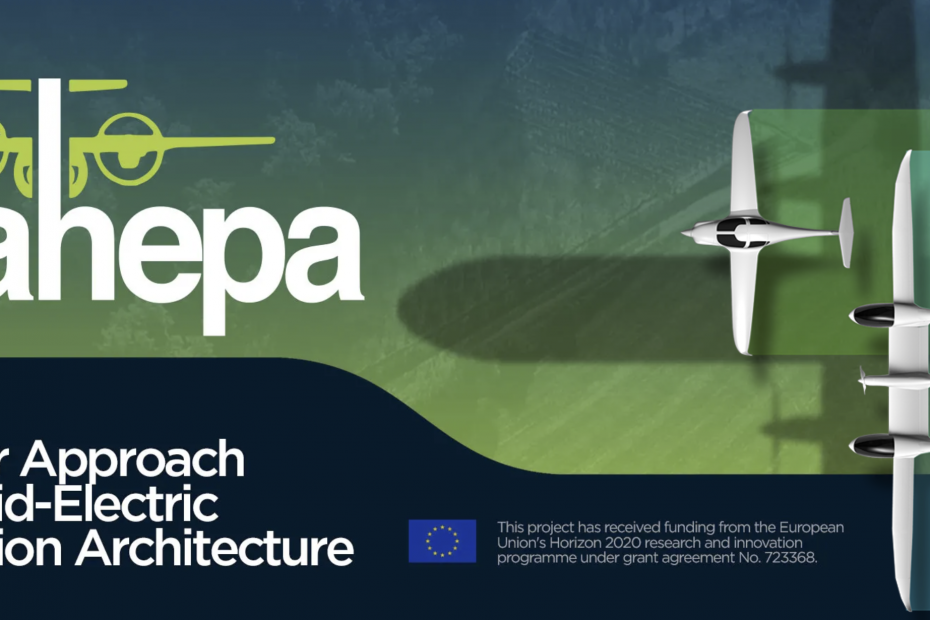The Challenge
The future competitiveness of the aviation sector largely depends on its environmental footprint. With the aviation industry responsible for 2 % of all global CO2 (carbon dioxide) emissions, actions to reduce emissions are crucial for the future of more sustainable aviation. According to ICAO, global aviation emissions are projected to increase by 322 % between 2006 and 2050 under optimistic assumptions for technology and operational improvements, and 347 % under moderate assumptions for improvements. International aviation emissions could triple by 2050, if aviation continues to use existing aircraft technologies. European passenger and cargo flights contributed 192 million tonnes of CO2 emissions in 2019 and by 2050, CO2 emissions in Europe are expected to increase by 1.6 % per year, resulting in 67 % more CO2 emissions than 2018 levels.
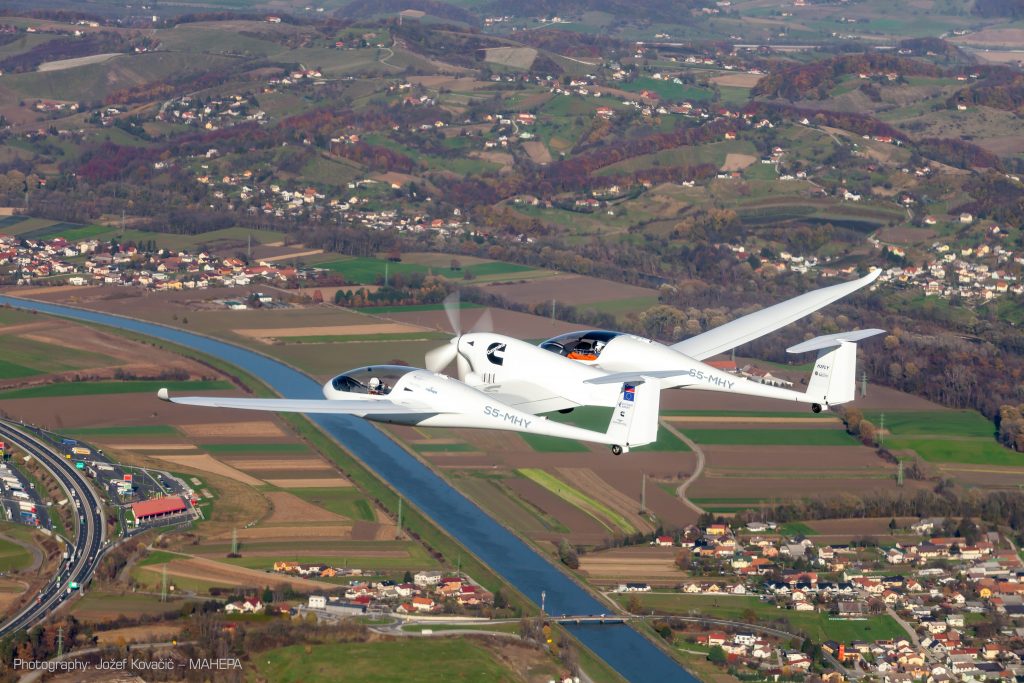
The awareness of increased CO2 emissions has also been acknowledged by European policy makers. To mitigate the carbon footprint on the environment, several initiatives were launched. Within the European Green Deal initiatives the most recent “Fit for 55” plan raised new climate targets for reducing greenhouse emissions by at least 55 % by 2030, as CO2 emissions pose a major threat in terms of global warming. Also, the European Vision for Aviation (e.g., Flightpath 2050) underlines that a prime driver in developing aircraft and new transport infrastructure should be environmental protection. The Flightpath aims to reduce CO2 emissions per passenger kilometre by 75 %, while also enable 4-hour door-to-door travel for European citizens.
The project approach
The micro-feeder and regional aircraft market offer excellent opportunities for 4-hour door-to-door services. These services could be operated with an environmentally friendly aircraft, such as hybrid-electric variants, developed within the project MAHEPA, which was funded under HORIZON 2020 programme. The MAHEPA (Modular Approach to Hybrid-Electric Propulsion Architecture) project, under a leadership of Slovenian company Pipistrel Vertical Solutions in cooperation with partners, such as DLR, H2FLY, Compact Dynamics GmbH, Politecnico di Milano, TU Delft, University of Ulm, and University of Maribor aimed to develop key aerospace technologies for environmentally sustainable air travel.
Within the project, new propulsion technologies, ICE-hybrid Panthera (bottom) and FC-hybrid Hy4 (above) have successfully demonstrated that flying greener is indeed possible. Panthera is an ICE-hybrid aircraft, which uses a hydrocarbon fuelled internal combustion engine and an electric generator as primary power source, while the second aircraft, HY4, is a fuel-cell hybrid aircraft, which uses hydrogen fed fuel cells to produce power. The knowledge on hybrid-electric propulsion system has been used to provide valuable flight data and confirmed that such technologies can be applied on larger 19- and 70-seater aircraft, while also considering necessary adoption of airport infrastructure and their potential use for existing or new air services outlined within strategy.
University of Maribor was within the project responsible for three very important tasks:
- Economic evaluation of investments in ground infrastructure (required for recharging and refuelling of hybrid-electric aircraft),
- Comprehensive strategy on the implementation of hybrid-electric aircraft in European transport system and
- Dissemination activities.
Necessary ground infrastructure
Airport infrastructure is currently not suited for hybrid aircraft operations, it is either non-existing, insufficient, or inappropriate and was therefore outlined within the ground infrastructure investment plan. The investment plan assessed technical aspects of the needed ground airport infrastructure for fast charging of ICE-hybrid and refuelling of fuel-cell hydrogen hybrid aircraft.
Two study cases were developed within the MAHEPA project to estimate technical requirements for the relatively novel ground infrastructure needs at airports. The first study refers to multiple charging of an ICE-hybrid aircraft, while the second refers to refuelling of fuel-cell hydrogen hybrid aircraft. Since the charging technology for hybrid-electric vehicles is already available in the automotive industry and can be transferable to aviation industry, it is expected that initial investment would be lower than the investment for fuel-cell hybrid aircraft. Ground infrastructure for ICE-hybrid aircraft will need to include battery charging stations, adequate electricity system and optionally battery swapping equipment. Similar technology that applies for ground vehicles could be used for aircraft charging stations, with only slight modifications (e.g., cable length).
To meet the needs for charging 19-seater and 70-seater ICE-hybrid aircraft, most airports would only need one three-phase or direct current charging station. Ground infrastructure at airports for 19-seater and 70-seater fuel-cell hybrid aircraft is based on the delivery of liquefied hydrogen. The most feasible solution for the small airports would be to buy liquid hydrogen from their producers and deliver it to the airport with cryogenic trucks.
Strategy for market uptake
Alongside the necessary investments in airport infrastructure, also a strategy was proposed for the market uptake of 19- and 70-seat passenger hybrid-electric aircraft. The scenario-based approach was used to present different potential scenarios for hybrid-electric aircraft adoption and potential emissions reductions, considering different economic, transportation, policy, and technology assumptions over time.
The hybrid-electric 19-seat and 70-seat aircraft could be used for either new routes and services or be used as replacements for existing aircraft, thus contributing to lowering emissions, and operating costs. The use of hybrid-electric aircraft could bring several benefits in terms of shorter travel times, better air connectivity and shifting traffic off the ground. Hybrid-electric aircraft could be used for a variety of purposes, such as regional commercial flights with point-to-point connections between smaller airports to minimize the pressure created by hub congestions; charter flights to tourist destinations, especially to remote islands or other remote areas (e.g., as bush planes); for private or coach flights, where the emphasis is on short travel times and comfort; for air taxi flights linking urban areas; and for other flights, such as training, surveillance, medical, panoramic, etc.
The most likely market where new technologies, such as hybrid-electric propulsion, will be used is for commuter services that provide connections where road transport would be too time consuming or rail transport too expensive. Several interesting services are expected to emerge, such as the miniliner, a new type of short-haul commercial aircraft, the most visible example of which is a 19-seat micro-feeder.
More about the project
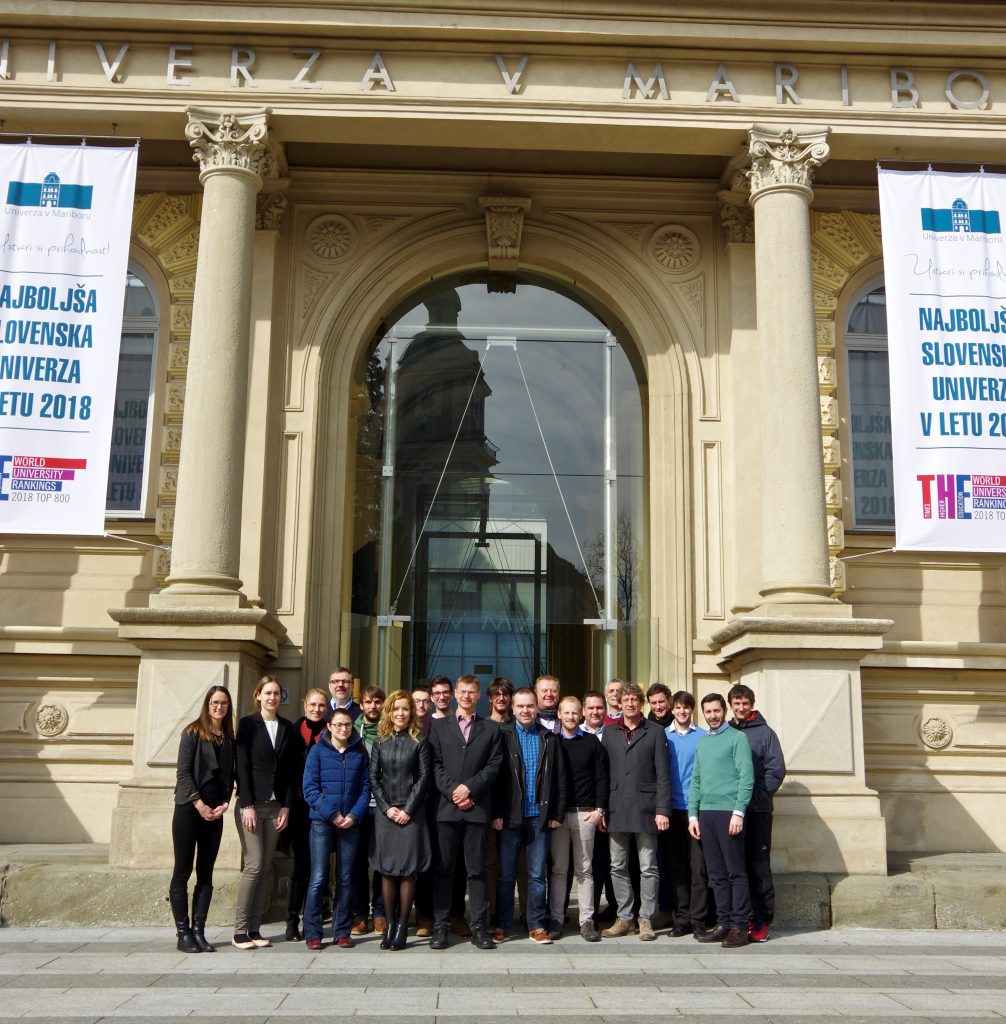
The MAHEPA project, its challenges, results and main achievements were successfully communicated and disseminated at numerous events, conferences, exhibitions, while also addressing the community through scientific articles, newsletters, books and promotional materials, thus reaching more than 150 million people worldwide.

Maršenka Marksel
University of Maribor, Faculty of Civil Engineering, Transportation Engineering and Architecture Transport economics centre
Acknowledgment: The research was carried out within the MAHEPA project, funded under the European Union’s Horizon 2020 research and innovation programme under grant agreement No. 723368. The article reflects only the author’s view, and the European Union is not liable for any use that may be made of the information contained therein.
Share this article in your social media
Although we ensured to have up-to-date and accurate information, the publisher OPEN ENLoCC, nor the editor and the author, are not liable for errors and omissions. The publisher and the editor did not test products or services described and their inclusion does not imply any form of endorsement. By accepting advertisements in this publication, the publisher does not warrant their accuracy, nor accept responsibility for their contents. The publisher welcomes unsolicited manuscripts and illustrations but can accept no liability for their safe return. Reproduction (in whole or in part) of any text, photograph or illustration contained in this publication without the written permission of the publisher is strictly prohibited.
© 2022 OPEN ENLoCC All rights reserved.
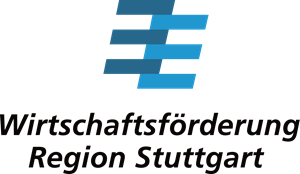 The publication of the European Review of Regional Logistics is supported by a grant of Wirtschaftsförderung Region Stuttgart GmbH (WRS).
The publication of the European Review of Regional Logistics is supported by a grant of Wirtschaftsförderung Region Stuttgart GmbH (WRS).
European regional review, Issue 2022/1
Other articles in this issue

Stuttgart Region’s position on hydrogen
Interview with Dr. Walter Rogg, head of the regional economic development corporation WRSSehr geehrter Herr Dr. Rogg,With combustion engines on the way out, why are
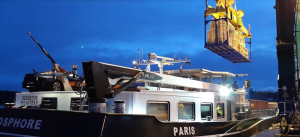
ST4W: Data flows for smart waterways
The ST4W (Smart Track for Waterways) project is supported by the INTERREG NWE programme of the European Union. It aims at promoting and increasing the
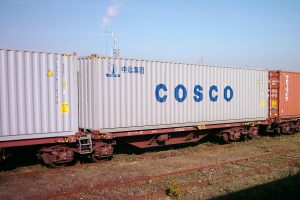
SMART-CORRIDORS project
Smart Supply Chain and Intelligent Intermodal Corridor Management for the China-Europe land-sea express line.” Recent research and business practice pinpoint that the integration of new
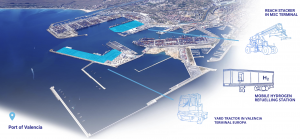
Promoting Hydrogen in Valencia
On 13 October 2021, the “H2VLC Valencia Hydrogen Valley” project was presented at the Valencia City Council headquarters, with the participation of more than 40
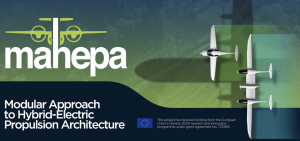
MAHEPA: Towards environmentally friendly hybrid-electric short haul air transportation
The Challenge The future competitiveness of the aviation sector largely depends on its environmental footprint. With the aviation industry responsible for 2 % of all

LOGISTAR – transport operations by horizontal collaboration, relying on real-time data
The LOGISTAR objective is to allow effective planning and optimizing of transport operations in the supply chain by taking advantage of horizontal collaboration, relying on
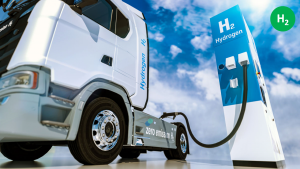
Hydrogen for transport in Stuttgart Region
Why is hydrogen a topic in Stuttgart Region? Stuttgart Region is a high-density area in the center of Europe. Its 2.8 million inhabitants rely heavily

FEDeRATED: a viable network of platforms for data sharing in freight transport and logistics
On 24th of November 2021 the Mid Term Review meeting of the FEDeRATED project was held at the Codognotto headquarters in Salgareda (Italy). The project
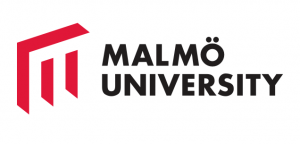
A relational business model of e-logistics facilities
“How come logistics operators’ return on investments is so low despite that warehouse operations are very cost efficient?”, is a strategic question that I and
19th European Transport Congress of the EPTS Foundation e. V. held in Maribor
On 7 and 8 October 2021, the University of Maribor hosted the international scientific congress “European Green Deal – Challenges and Solutions for Mobility and

Stuttgart Region’s position on hydrogen
Interview with Dr. Walter Rogg, head of the regional economic development corporation WRS Sehr geehrter Herr Dr. Rogg,With combustion engines on the way out, why

ST4W: Data flows for smart waterways
The ST4W (Smart Track for Waterways) project is supported by the INTERREG NWE programme of the European Union. It aims at promoting and increasing the

SMART-CORRIDORS project
Smart Supply Chain and Intelligent Intermodal Corridor Management for the China-Europe land-sea express line.” Recent research and business practice pinpoint that the integration of new

Promoting Hydrogen in Valencia
On 13 October 2021, the “H2VLC Valencia Hydrogen Valley” project was presented at the Valencia City Council headquarters, with the participation of more than 40

MAHEPA: Towards environmentally friendly hybrid-electric short haul air transportation
The Challenge The future competitiveness of the aviation sector largely depends on its environmental footprint. With the aviation industry responsible for 2 % of all

LOGISTAR – transport operations by horizontal collaboration, relying on real-time data
The LOGISTAR objective is to allow effective planning and optimizing of transport operations in the supply chain by taking advantage of horizontal collaboration, relying on

Hydrogen for transport in Stuttgart Region
Why is hydrogen a topic in Stuttgart Region? Stuttgart Region is a high-density area in the center of Europe. Its 2.8 million inhabitants rely heavily

FEDeRATED: a viable network of platforms for data sharing in freight transport and logistics
On 24th of November 2021 the Mid Term Review meeting of the FEDeRATED project was held at the Codognotto headquarters in Salgareda (Italy). The project

A relational business model of e-logistics facilities
“How come logistics operators’ return on investments is so low despite that warehouse operations are very cost efficient?”, is a strategic question that I and
19th European Transport Congress of the EPTS Foundation e. V. held in Maribor
On 7 and 8 October 2021, the University of Maribor hosted the international scientific congress “European Green Deal – Challenges and Solutions for Mobility and
